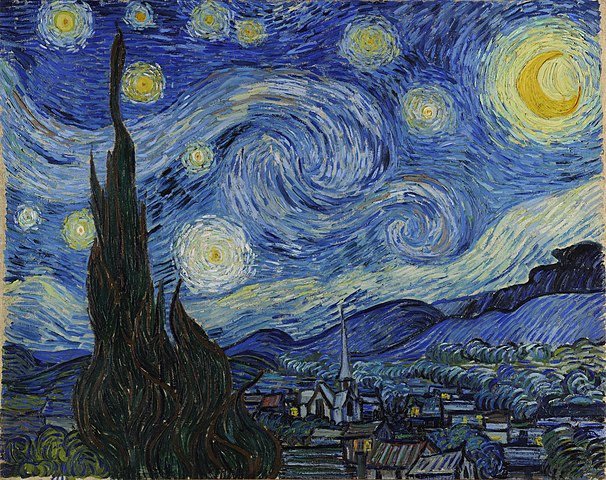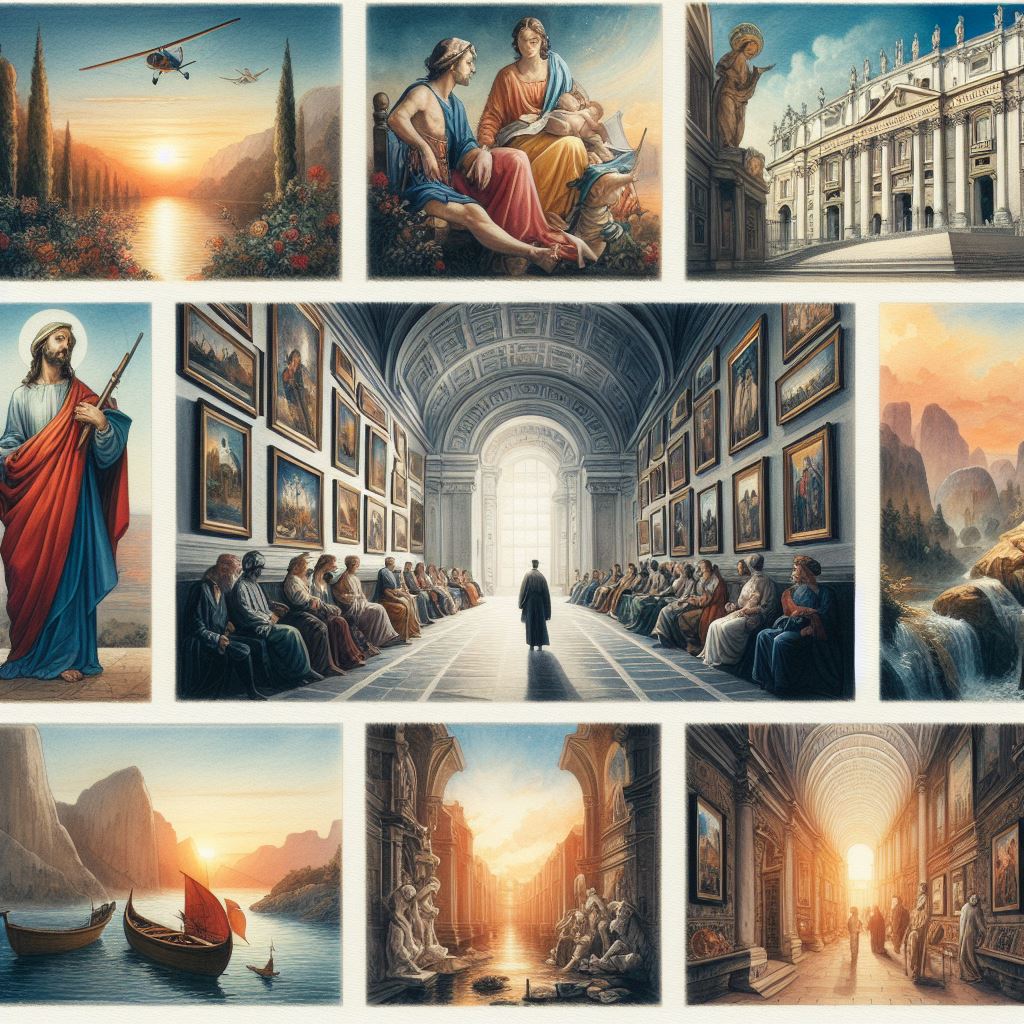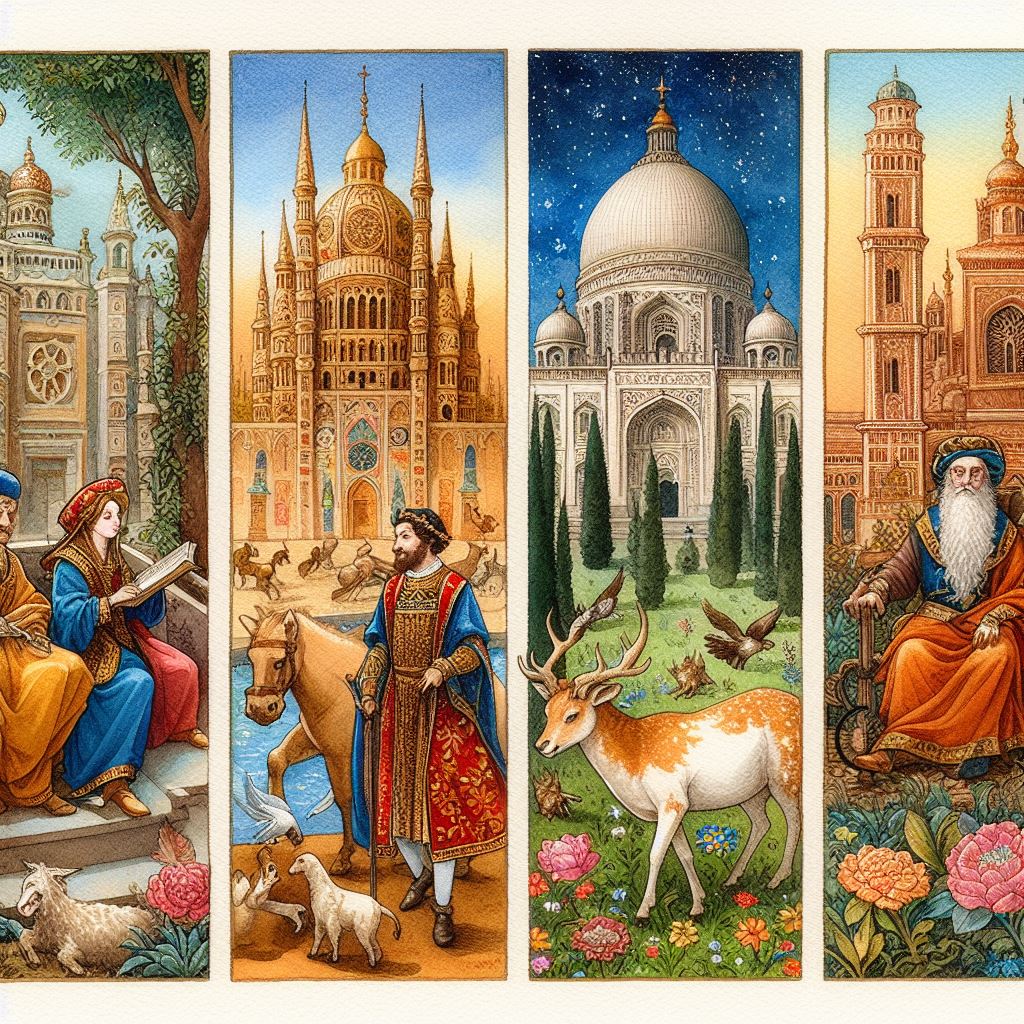A great painting is a combination of various elements that come together to create a lasting impression on the viewer. This article will explore the characteristics of great paintings, art appreciation criteria, famous paintings analysis, art history masterpieces, and artistic techniques in great paintings.

Characteristics of Great Paintings
- Strong Focal Point: A great painting has a clear focal point that draws the viewer’s attention and serves as the center of interest.
- Composition: The arrangement of visual elements within the artwork, such as lines, shapes, and colors, contributes to the overall harmony and balance of the piece.
- Layers of Color: The use of multiple layers of color adds depth and richness to the painting, creating a sense of atmosphere and space.
- Innovation and Originality: Great paintings often introduce new techniques, styles, or ideas that challenge existing norms and push the boundaries of artistic expression.
- Emotional Impact: A truly great painting has the power to evoke strong emotions in the viewer, connecting with them on a personal level.
Art Appreciation Criteria
When appreciating a painting, it is essential to consider the following aspects:
- Context: Understanding the historical, cultural, and social context in which the artwork was created can provide valuable insights into its meaning and significance.
- Artist’s Intent: Considering the artist’s intentions and motivations can help reveal the underlying themes and messages within the artwork.
- Technique: Analyzing the artist’s use of materials, methods, and techniques can offer a deeper understanding of their creative process and the artwork’s unique qualities.
Famous Paintings Analysis
Some of the most famous paintings in the world, such as Leonardo da Vinci’s “Mona Lisa” and Vincent van Gogh’s “Starry Night,” are renowned for their exceptional artistic qualities and the emotions they evoke in viewers. These masterpieces often feature innovative techniques, powerful compositions, and striking use of color, which contribute to their enduring appeal and influence on subsequent generations of artists.
Art History Masterpieces
Throughout art history, numerous masterpieces have been created by artists who pushed the boundaries of their craft and left a lasting impact on the world of art. Examples include Sandro Botticelli’s “Primavera,” Pablo Picasso’s “Guernica,” and Frida Kahlo’s “The Two Fridas.” These works are celebrated for their unique artistic qualities, powerful messages, and innovative techniques employed by their creators.
Artistic Techniques in Great Paintings
Great painters often employ a range of techniques to create their masterpieces, such as:
- Chiaroscuro: The use of strong contrasts between light and dark to create depth and a sense of three-dimensionality, as seen in Caravaggio’s works.
- Impasto: The application of thick layers of paint to create texture and dimension, as used by Rembrandt.
- Pointillism: The technique of applying small dots of color to create an image, as popularized by Georges Seurat.
- Sfumato: The subtle blending of colors and tones to create a soft, smoky effect, as employed by Leonardo da Vinci.
Appreciation of Famous Paintings
| Title | Artist | Reasons Why Great | Gallery |
|---|---|---|---|
| Mona Lisa | Leonardo da Vinci | Enigmatic smile, innovative techniques, composition | Louvre Museum, Paris |
| Girl with a Pearl Earring | Johannes Vermeer | Captivating gaze, use of light, composition | Mauritshuis, The Hague |
| The Starry Night | Vincent van Gogh | Expressive brushstrokes, use of color, emotion | Museum of Modern Art, New York |
| The Scream | Edvard Munch | Emotional impact, innovative use of color, symbolism | National Gallery, Oslo |
| Guernica | Pablo Picasso | Powerful anti-war message, innovative cubist style | Museo Reina Sofía, Madrid |
These paintings are renowned for their exceptional artistic qualities, innovative techniques, and the emotions they evoke in viewers. They have left a lasting impact on the world of art and continue to inspire and captivate audiences today.
the enduring impact of iconic artworks
Iconic artworks have an enduring impact on society, evoking emotions and communicating complex ideas. Understanding the universal and timeless qualities that identify all great art is essential in appreciating the work of different eras, movements, styles, and techniques. Artistic principles such as composition, form, and unity contribute to the overall impact of a work of art. The historical, cultural, and social context in which the artwork was created provides valuable insights into its meaning and significance. The ability of paintings to appreciate in value over time makes them attractive to collectors and investors, while their impact on tourism and influence on subsequent generations of artists ensures their enduring importance.
how do iconic artworks influence contemporary artists and art movements?
Iconic artworks have a significant influence on contemporary artists and art movements. Here are some ways in which they impact the art world today:
- Reflection of societal views: Iconic artworks reflect the societal views of their time and continue to inspire contemporary artists to create works that reflect current issues and concerns.
- Inspiration for art movements: Many art movements, such as Impressionism, Cubism, and Abstract Expressionism, were influenced by iconic artworks and artists.
- Understanding art history: By studying iconic artworks and the art movements they represent, contemporary artists gain a deeper understanding of art history and the evolution of artistic styles and techniques.
- Innovation and experimentation: Iconic artworks often introduce new techniques, styles, or ideas that challenge existing norms and push the boundaries of artistic expression, inspiring contemporary artists to innovate and experiment.
- Influence on performance art: Iconic artworks have also influenced performance art, with happenings and other performance art forms drawing inspiration from the works of artists like Marcel Duchamp and Yoko Ono.
In conclusion, a truly great painting is a harmonious combination of various elements, such as composition, technique, and emotional impact. By appreciating and analyzing these aspects, we can gain a deeper understanding of the artwork and the artist’s intentions, allowing us to fully appreciate the beauty and significance of these masterpieces.






